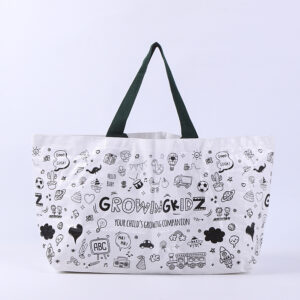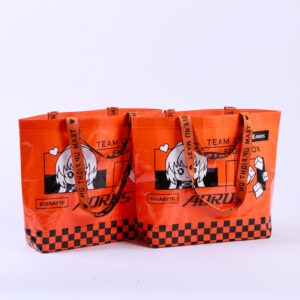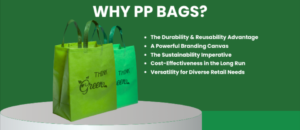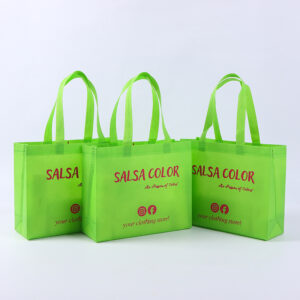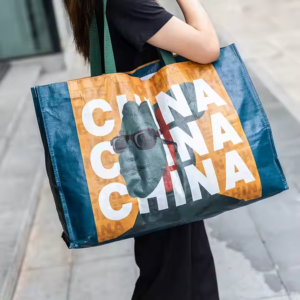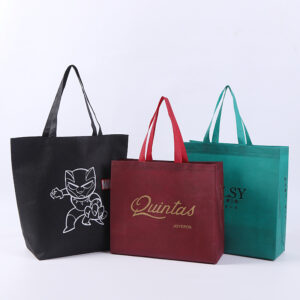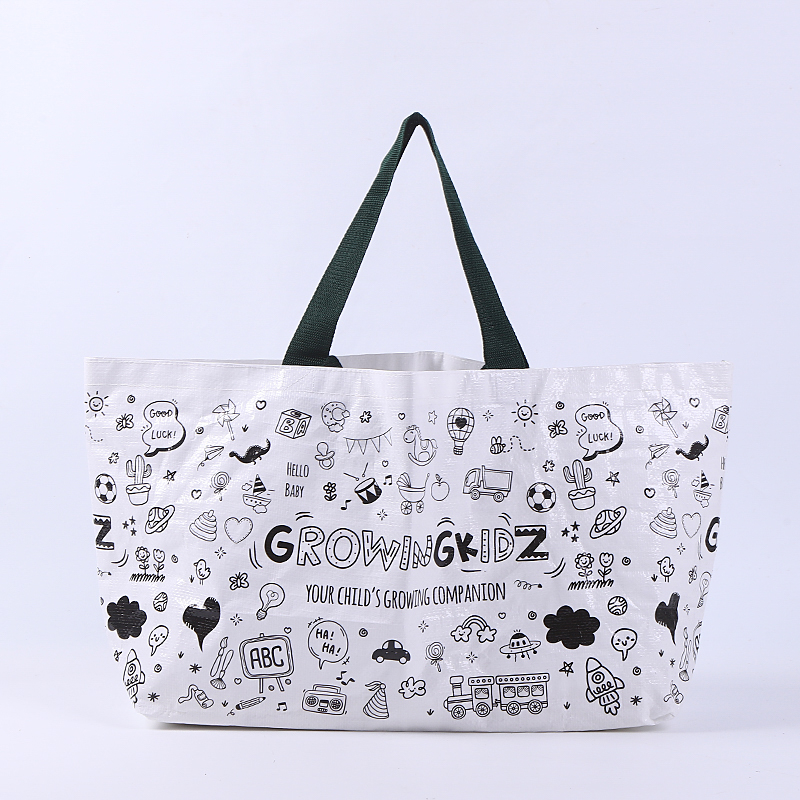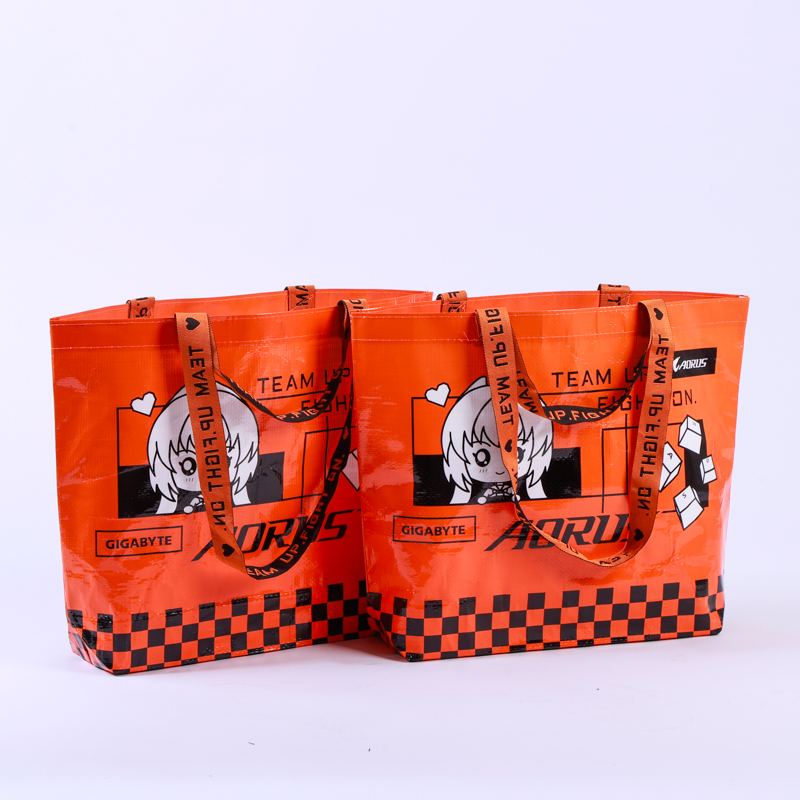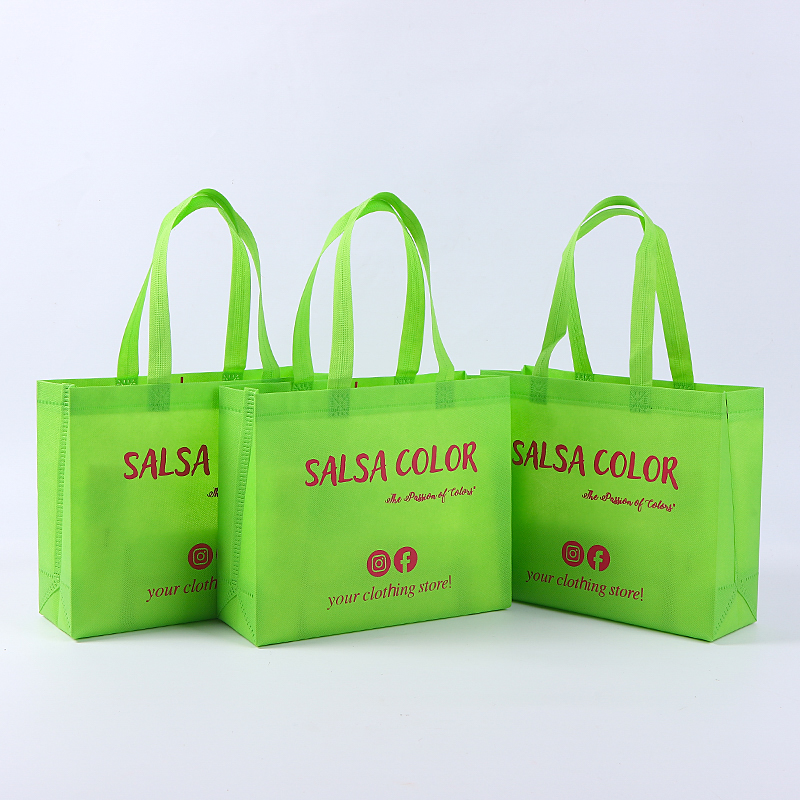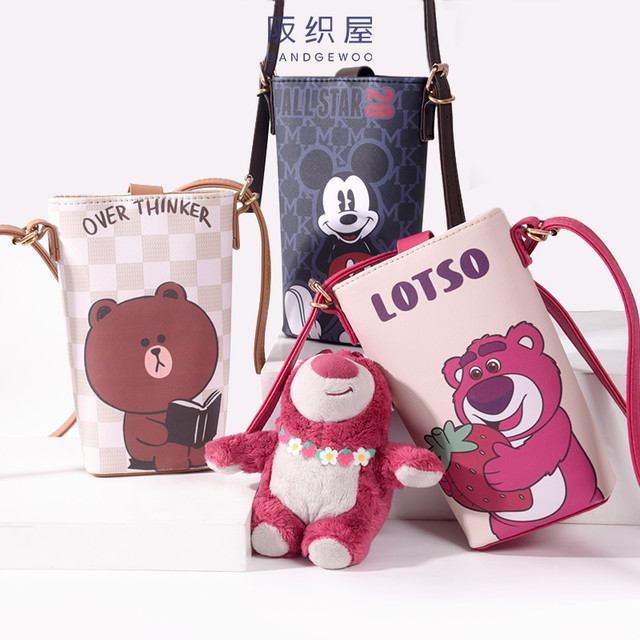
Brand fatigue and market saturation can hurt sales. Co-branding provides a fresh hook. But how well does it work regionally?
Co-branded IP shopping bags influence sales differently by region, depending on cultural preferences, brand awareness, and local consumer behavior.1
Branding can trigger emotional appeal and perceived value. Let's see how it really works in global markets.
How does branding affect consumers during the shopping experience?
Branding simplifies decision-making. It gives people a reason to trust a product. Co-branded shopping bags push that trust further.
Branding influences shoppers by creating familiarity, emotional connection, and perceived quality, which can boost purchase decisions.
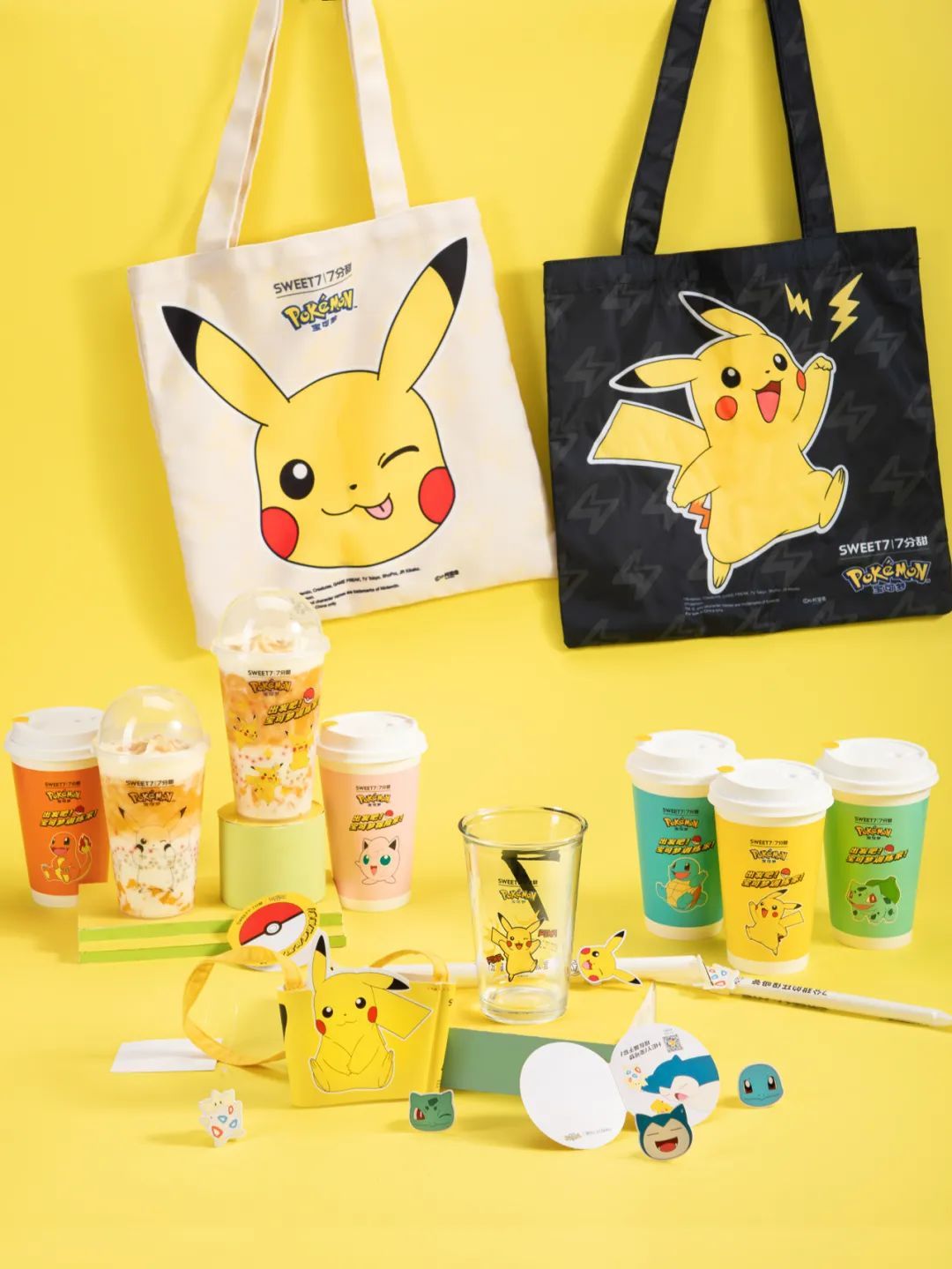
Branding and Perception: What People Feel When They Shop
When I visit overseas trade fairs, I see how big names on simple bags instantly attract attention.2 A non-woven bag with a global brand feels like more than just packaging. It becomes a statement.
Different regions react differently. In North America, shoppers often associate branded bags with status3. In Asia, people focus on trust and product quality.4 In Europe, branding taps into style and sustainability values.5
| Region | Consumer Focus | Branding Effect |
|---|---|---|
| North America | Status & Identity | Brand bags perceived as exclusive |
| Asia | Trust & Value | Co-branding implies product quality |
| Europe | Style & Sustainability | Green image boosts brand reputation |
When co-branding aligns with consumer emotions, it works. But if the collaboration feels forced or confusing, it may backfire.
What is the impact of branded content?
Branded content tells stories. It can turn a bag into a brand message. But what kind of story works in which region?
Branded content boosts regional sales when the narrative fits local culture, values, and communication preferences.

Packaging as Media: Bags That Communicate
One of my buyers from Japan once told me, "This bag talks to my customers." She was referring to a collaboration bag we made with an anime brand. That simple co-branding effort increased her sales by 30% in six months.
Branded content works because people like stories. When a bag tells a story that matters, shoppers listen.
| Region | Content Style That Works | Examples |
|---|---|---|
| Japan | Pop Culture & Subtle Messaging | Anime IP on reusable bags |
| USA | Bold Branding & Inclusivity | Environmental messages & local artists |
| France | Chic & Understated | Simple luxury logos & clean design |
To succeed, co-branded content must respect local aesthetics and values. Loud designs may work in LA, but fall flat in Paris.
What are the pros and cons of branded products?
Branded bags bring power. But power has costs. Let’s weigh the balance.
The benefits of branded products include recognition and sales lift, but risks involve licensing costs, saturation, and mismatched audiences.
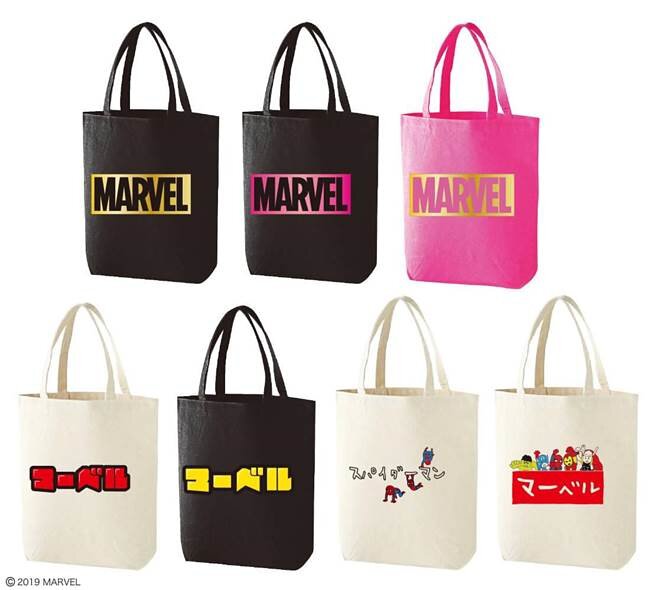 ![]
![]
Balancing ROI: When Brand Recognition Pays Off or Falls Short
I once partnered with a distributor from Thailand who used a luxury co-branding design. His bags sold fast at first. Then the hype died. Customers moved on to something new.
This shows a risk: brand trends fade quickly if there's no innovation.
| Pros | Cons |
|---|---|
| Boosts perceived value | High licensing fees |
| Attracts specific audiences | Limits design flexibility |
| Improves brand visibility | Can lead to market oversaturation |
| Drives impulse purchases | Might alienate certain demographics |
Co-branding must stay dynamic. Otherwise, customers lose interest. It's not just about slapping a logo on a bag. It's about creating value with every piece.
What is an example of Louis Vuitton co-branding?
Louis Vuitton rarely shares its stage. But when it does, the world watches.
A famous example of Louis Vuitton co-branding is the Louis Vuitton x Supreme collaboration, which combined luxury fashion with streetwear culture.
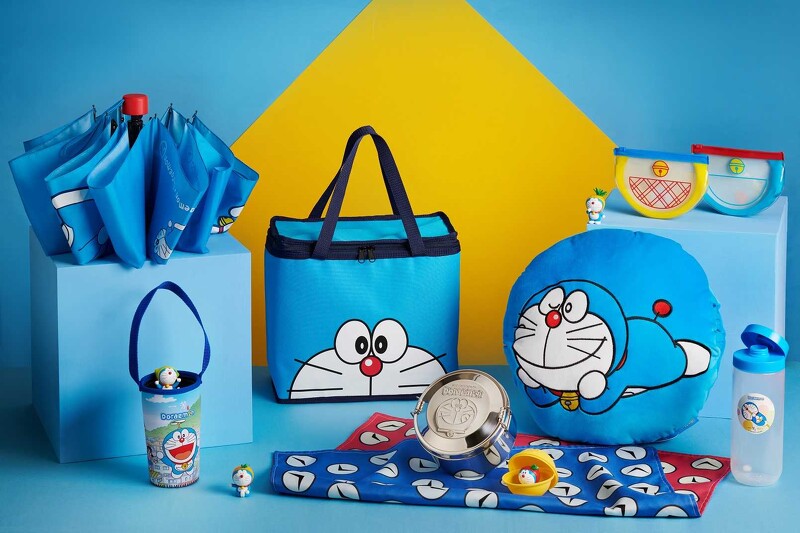
Iconic Collaborations: How Louis Vuitton Rewrote Co-Branding Rules
When Louis Vuitton and Supreme joined forces, I remember our buyers asking if we could make inspired packaging with a similar aesthetic. That collaboration broke the barrier between luxury and street culture.
It worked because both brands had strong identities. And they shared values—boldness, exclusivity, and cultural impact.
| Brand | Identity | Shared Value | Outcome |
|---|---|---|---|
| Louis Vuitton | Luxury, Heritage | Exclusivity | Access to new audiences |
| Supreme | Youth, Rebellion | Boldness | Boosted prestige and exposure |
This collaboration showed that co-branding can change how people see a brand. But it must be authentic. Otherwise, it feels like a sales gimmick.
Conclusion
Regional branding impact depends on cultural fit, consumer behavior, and how well the co-branding story resonates with each audience.
-
Understand how regional culture and brand familiarity shape the success of co-branded shopping bags. ↩
-
Discover how recognizable branding on packaging captures interest and drives perception at trade events. ↩
-
Learn how branding enhances status perception among North American consumers. ↩
-
Understand how co-branding affects perceived value and trust among Asian buyers. ↩
-
Explore the connection between branding, eco-values, and design appeal in Europe. ↩


